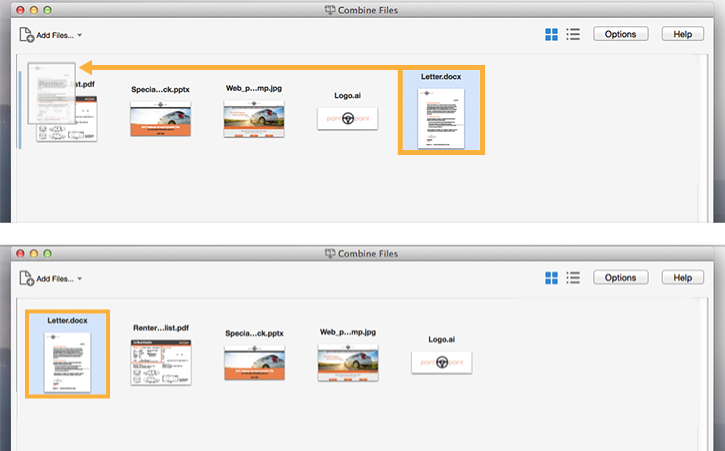How To Rearrange Pages In Word For Mac
08.02.2019by admin
More from my own editor, Catherine Fitzsimons, creator of educational materials and community magazines, on the tricky task of controlling how images behave in Word documents Last week, we looked at the ways in which Word can wrap text around pictures. To control how close the text is to the edge of a picture we opened the More Layout Options window from the right click menu.
- How To Rearrange Pages In A Word Document
- How To Rearrange Pages In Wordpress
- How To Rearrange Pages In Microsoft Word

OK, this is one of those 'frequently asked questions' that is still a very valid question, I'm glad you asked. The answer is a little difficult to understand. Firstly, you can't 'move pages' in Word, because there aren't any! Sounds strange, but that's the way word-processors work (and is the opposite of Desktop Publishers).
How To Rearrange Pages In A Word Document
If you were to look in the code of a Word document, you would not find any pages: they are not there. Word 'invents' pages on output: when it displays the document on the screen or sends it to the printer. But they are never stored in the file. What you CAN do is move the CONTENT around.
If you add more content to page 3, it will automatically flow to page 4. If you have text you want on page 20, paste it in there: the original text will be shunted to page 21. Similarly, you can move the text from Page 21 back to Page 3: Word will re-lay the document whenever you do this. You make these changes in the main document window, not in the sidebar.
Or a vertical range of cells is returned if a horizontal range of cells is entered as a parameter. Excel 2016 for mac paste special works once. The TRANSPOSE function is a built-in function in Excel that is categorized as a Lookup/Reference Function.
Previous versions of Mac Word had a strange feature called 'Publishing Layout View'. It has been deleted. This was a nasty, corruption-prone kludge that used hundreds of section breaks to fake the presence of 'pages' in the file. Each 'page' was actually a 'section', and you could move the sections around. Multiple different section breaks in a document are usually a recipe for trouble, and in this case, it frequently arrived: the document would soon corrupt, and the user was not able to retrieve ANY of their content! Sensibly, Microsoft has killed off that feature: it was never available on the PC anyway, and if you sent such a document to a PC, text flew everywhere: very embarrassing.
Just by way of explanation, a word-processor 'flows' text, from the first character to the last. When you look at a blank part of a page in Word, it's not like a sheet of paper: there is nothing there at all!
How To Rearrange Pages In Wordpress
If you write something on paper, it stays where you put it, held there by the sheet of paper. In a word processor file, there's just emptiness: nothing to hold the characters where you want them, except other characters. Word starts at the first character in the document, and piles them one beneath the other, from the top of the document to the bottom, then numbers the pages that result.
How To Rearrange Pages In Microsoft Word
So to 'move a page' you move the content of the page, and Word will re-number it for you. Hope this helps John McGhie, Microsoft MVP (Mac Word), Consultant Technical Writer.